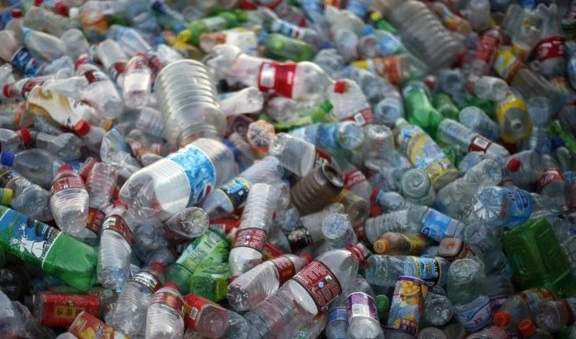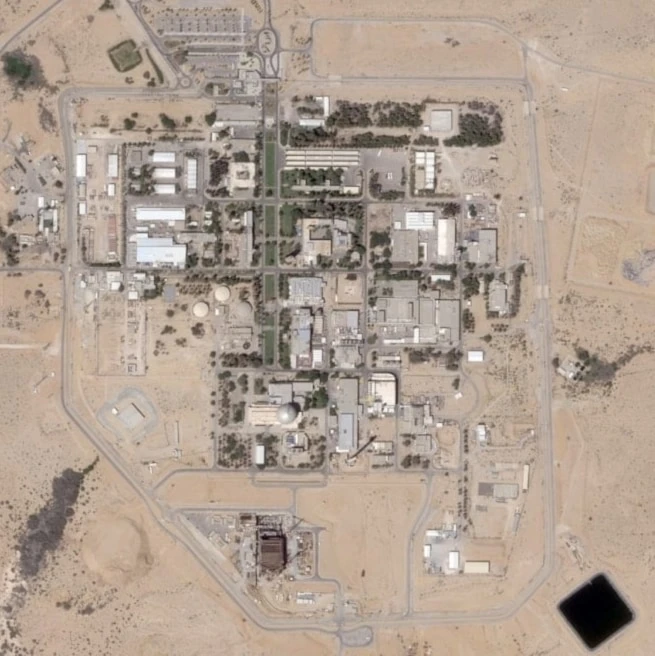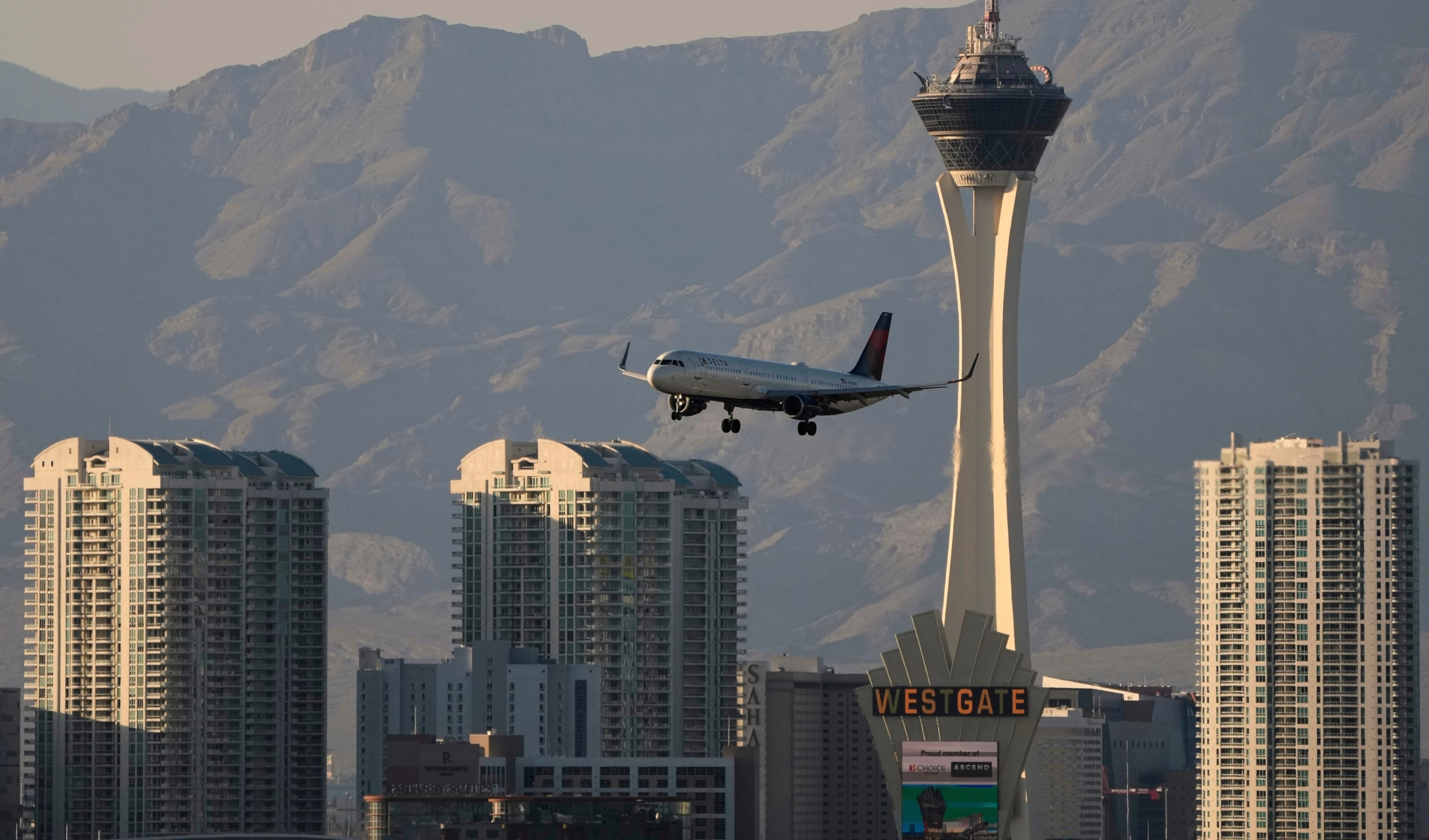Photos 15 years apart show melting Swiss glaciers
Duncan Porter posted the two pictures on X, the first photo was taken in August 2009 and the recent one was taken exactly 15 years later in August 2024.
-

Duncan and Helen Porter took the first photo, right, in 2009 and revisited it on August 4, 2024. (The Guardian)
Tourist and X user Duncan Porter shared "staggering" photos of him and his wife on the social media platform at the same spot in the Swiss Alps almost 15 years apart, highlighting the rapid speed of global heating melting glaciers.
The pictures are taken at the Rhone glacier in August 2009 and August 2024, at the same spot. The images show that the once ice-filled landscape melted, revealing grey rocks, while the small pool seen at the bottom of the original photo is transformed into a large green lake. Essentially, the glacier has shrunk by one-quarter during the 15-year time frame.
“Not gonna lie, it made me cry,” Porter wrote on X on Sunday night.
Fifteen years minus one day between these photos. Taken at the Rhone glacier in Switzerland today.
— Duncan Porter (@misterduncan) August 4, 2024
Not gonna lie, it made me cry. pic.twitter.com/Inz6uO1kum
Earth's temperature has increased by 1.3°C compared to the preindustrial era through the release of carbon pollution through burning fossil fuels and natural destruction. Ultimately, the temperature in Europe is twice the global average, resulting in hotter summers that are rapidly melting glaciers.
“These things are supposed to happen over really long time periods,” Porter said, “What people should focus on is the speed of change.”
Switzerland has lost one-third of its glacier volume in the past two decades, with 10% disappearing solely in the last two years, official statistics reported.
“A lot of people, when they see something like that, they feel quite helpless,” Porter, who is part of the local climate action group's committee in the southwest of England said. “But from my experience, there’s a huge amount they can do," asserting local community projects as one of the "wonderful" ways people can take action when it comes to climate change, alongside pressuring for systematic change through voting and shopping habits.
According to the Intergovernmental Panel on Climate Change (IPCC), the worst-case for global heating would be “nearly all glacier mass” potentially disappearing in the coming centuries in low-latitude regions, central Europe, the Caucasus, western Canada and the US, northern Asia, Scandinavia, and New Zealand.
“It was a very impressive glacier,” said Swiss climate scientist and co-author of an IPCC report Sonia Seneviratne, who visited the Swiss landscape as a teenager. “It’s very sad to see those pictures because you see how large the changes have been.”
Half of Earth’s glaciers could still melt even if 1.5°C goal is met
A comprehensive study of all the world's glaciers other than the Greenland and Antarctic ice sheets shows that over half of them will melt by the end of the century, even if the world fulfills its most aggressive global warming target.
The study, published January 5, 2023, in the journal Science, discovered that even with only 1.5 °C (2.7 degrees Fahrenheit) of warming above preindustrial levels, 104,000 of the world's more than 215,000 mountain glaciers and ice caps will melt, raising global sea levels by just under 4 inches.
A 1.5°C increase above preindustrial temperatures is currently extremely difficult to avert, implying that such a development may be nearly unstoppable. The outlook worsens with each extra degree of temperature rise.
According to the study, 3°C (5.4 degrees Fahrenheit) of warming would result in the disappearance of more than 70% of the world's glaciers and a 5-inch rise in global sea level. Even though many losses are already baked in, the authors argue that it is still worthwhile to attempt to avert as much warming as possible.
David Rounce, the study’s lead author and a researcher at Carnegie Mellon University and the University of Alaska at Fairbanks, said, “Any reduction in the temperature increase will have a substantial impact on sea-level rise and the loss of glaciers globally.”
Rounce collaborated with an international team of glaciologists from Austria, Canada, France, Norway, Switzerland, the United Kingdom, and the United States on the study.
Since the end of the last major ice age 20,000 years ago, the earth has been progressively losing glacial ice. However, there is still much to contribute. The majority of remaining ice is concentrated in Greenland and Antarctica's ice sheets, which offer the greatest threat of major sea-level rise.
However, many high mountain locations in the Arctic and Antarctic, as well as in the planet's more temperate latitudes, have numerous glaciers, where thick ice has accumulated due to centuries or even millennia of snowfall.

 5 Min Read
5 Min Read











